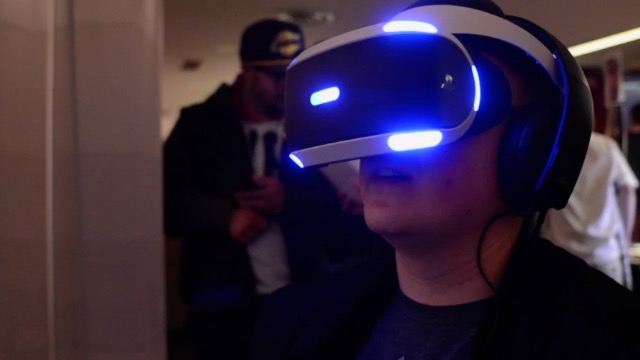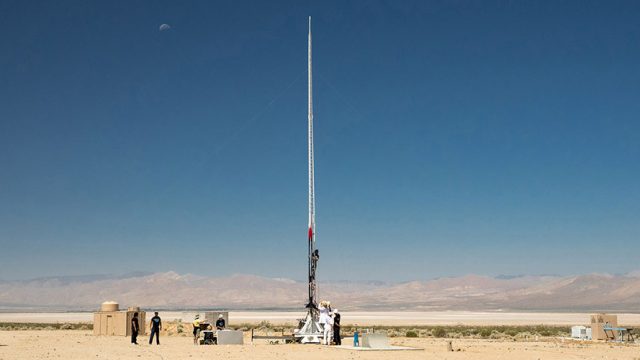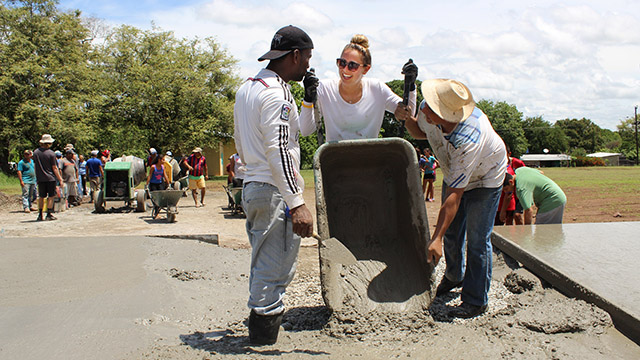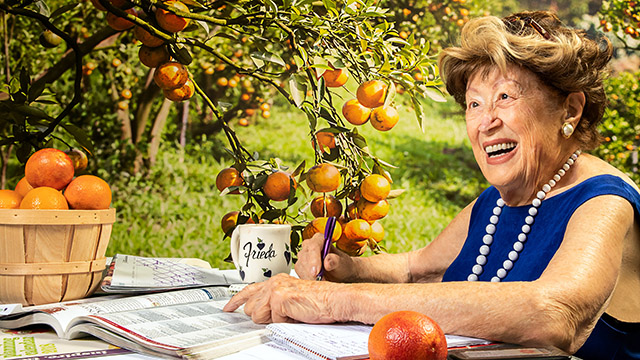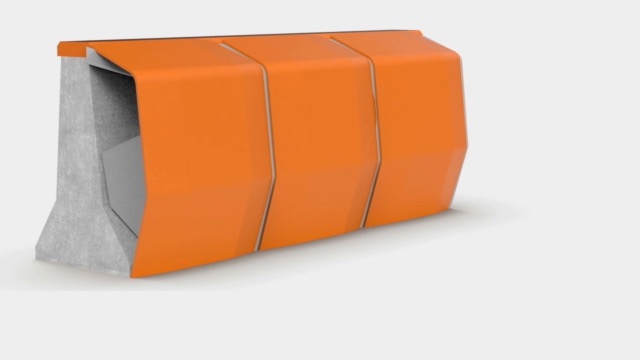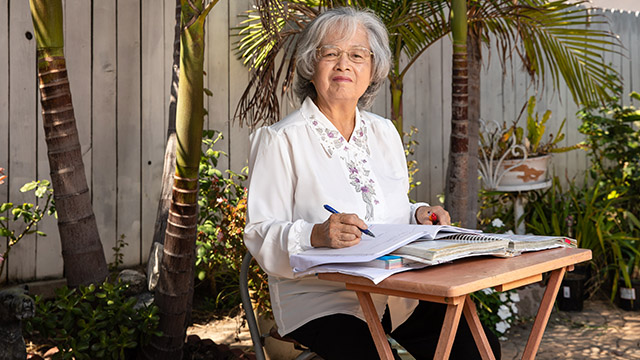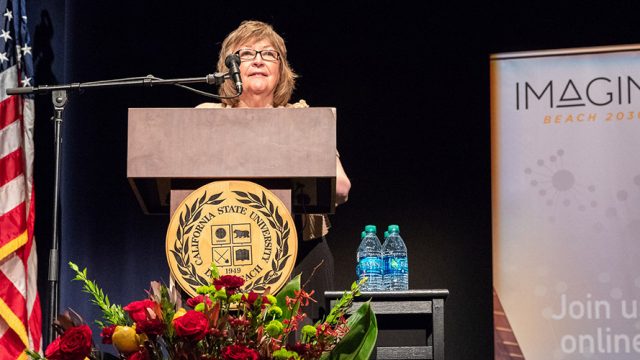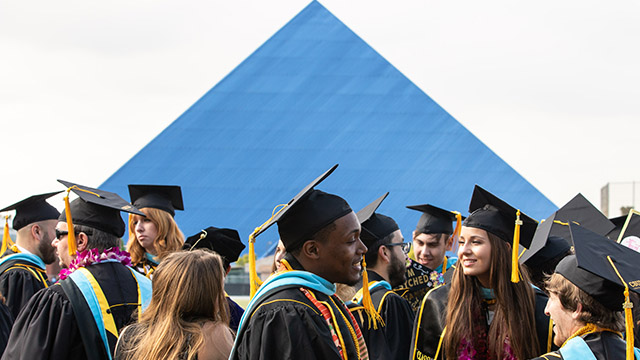Flying High

Even being surrounded by the Hawaiian grandeur of Oahu’s Ka’a’awa Valley couldn’t fully soothe Cal State Long Beach student Jeanette Harlow as she stared at her computer one day last summer.
Harlow, a geology major and archaeology minor, hoped that thermal imagery photos could help cut through dense foliage and reveal details of hillside caves in the area that might have been used by ancient Hawaiians, but the grayscale images were rather murky.
Welcome to the real world of the geosciences, an area whose better-than-average job prospects also demand technological expertise to collect and analyze data in the field.
That’s why the National Science Foundation gave the university’s Geospatial Research and Mapping Field Program (GRAM) a three-year $344,000 Research Experience for Undergraduates (REU) grant to help train students from across the nation.
Each year, a new cohort of GRAM students spends one week on campus during the summer learning more about geospatial techniques before setting off for three weeks of intense fieldwork under the direction of Professors Christopher Lee and Suzanne Wechsler of geography, Carl Lipo of anthropology and Matthew Becker of geological sciences. Originally set for Easter Island, the program shifted to Hawaii—on Kauai in 2012 and Oahu last year and this year.
GRAM drew more than 150 applicants last year, narrowed down to three from CSULB and 11 from other institutions, supported by the faculty and six graduate teaching assistants.
“Our specific angle on the geographic spatial measurements and observations is remote sensing and using low cost and new, cutting-edge technologies for mapping and studying the world on a landscape scale,” Lipo said. “We use satellite imagery and unmanned aerial vehicles (UAVs) or drones that fly around and take photographs, and then ground-based sensors. We tie these together to study the landscape.”

The drones are small, radio-controlled, fixed-wing or multi-propeller copters containing commercial color cameras or customized thermal and infrared cameras built on campus. “We have no interest in looking at people,” Lee added. “It’s about the components of the landscape—the vegetation, the soils, hydrology and all the things that go into a landscape-level analysis.”
Despite coping with weather, mosquitos, jungles and a steep technology learning curve, Harlow learned a great deal. “With the REU project, I could see, for example, that the traditional style of mapping horizontally, as a bird sees, could be done vertically and in 3-D,” she said. “I learned that there are different ways to pull out items in question: vegetation, caves; human created structures; temperature changes; topographic differences, etc., from a photo for identification; as well as statistical information, using assorted types of geospatial software.
“This program helped me find not only an extremely useful and enjoyable technological skillset, but I can see how the geospatial program can incorporate all aspects of the earth sciences,” she added. “Now I am not limited to one particular discipline but can incorporate my varied interests—geology, archaeology, hydrology, etc. Without this program and the ability to have hands-on training and immediate use in a pragmatic research context, I would never have known about the benefits this field is to many aspects of science. As a result of this opportunity, I would like to further investigate the research that I started as a potential master’s project. I feel that four weeks only scratches the surface of research into my question.”
Fieldwork is not for the faint-hearted, Harlow discovered. “It’s an intensive, hands-on course. The ability to work independently and think on your toes is a necessity.” But the mix of participants from various academic disciplines with different levels of knowledge and a willingness to help each other made the experience all the more rewarding.
For a virtual experience, download the Beach Magazine app.



